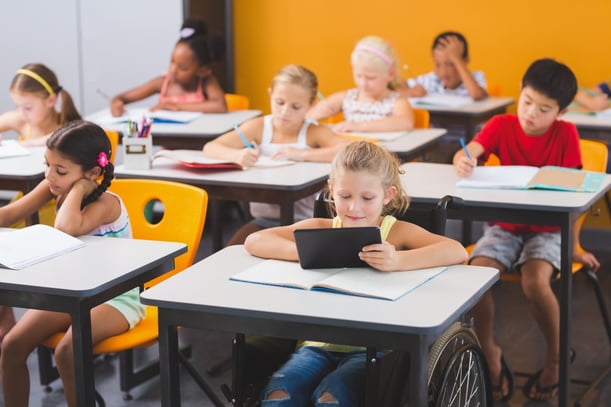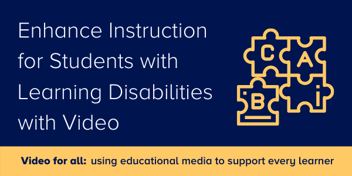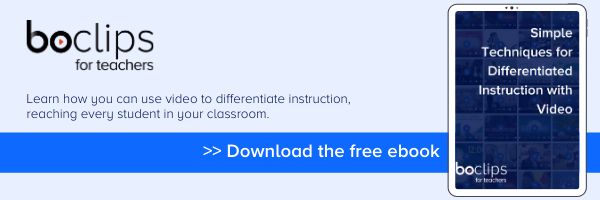Multimedia is seeing an explosive increase in the classroom. We’re in an age where learning has become gamified and screens occupy much of our day’s real estate. There’s a good reason that iPads have found their way into your classroom, though - and it might be an even greater tool than you think.
Devices and technology in the classroom create an environment that allows learners to interact with a range of media. When these programs are implemented alongside clear learning objectives, students are able to learn from a combination of media forms in a way that stimulates cognition and boosts overall motivation. Audio-visual experiences with video, especially when combined with reading transcripts or captions, allows for a holistic delivery that can cater to a wider range of learners. Devices alone can act as an extension or satellite of the primary learning environment, too. With videos and multimedia, students with learning disabilities are empowered to pick up on their learning goals at the right time and in the right space for them. This might be in the resource room during a high-energy activity, at home, the classroom bean bag chair, or during centers. Educators can share Boclips for Teachers videos with students using any device.

Video also acts as a bridge to otherwise inaccessible places. Virtual field trips or exploring a career in STEM through video can bring a concept, person, or place alive in a way that text alone may not. Every learner has their own needs, and it's important for a teacher to have choices in order to design the right learning plan for their students. That’s why the Boclips library includes adventurous personalities like Maddie Moate, engaging educational songs from Jam Campus, or Veritasium for the deeply curious.
In addition, Boclips is a useful resource for teachers who specifically want to learn more or facilitate sessions on learning disabilities. Under the Life Skills subject area, you’ll find a section on Special Education with collections covering Dyslexia, Sensory Needs, Autism, ADD, and more. Videos range from short animations, to interviews with experts, or documentary shorts to meet the requirements of learners of different ages and abilities. Not only can students' needs be met with video, but also better understood by themselves, their peers, and their teachers.
Don’t have a Boclips for Teachers account? Click here to find out more and schedule a demo.
Bree Fabig
Bree has experience in multicultural and multilingual classrooms in the US, Japan, and Nepal and has taught primary, ESL, SAT prep, and secondary language arts.
- #Classroom
- #Video in Digital Learning
- #Educational Videos
- #Tips for Using Video
- #Video Content Partners
- #Boclips for Publishers
- #Issues in Education
- #Educational Videos by Subject Area
- #News and Announcements
- #Events & Holidays
- #Video and Teaching Tools
- #Teaching Methodologies
- #Education Videos
- #Video and Digital Literacy
- #Short Educational Videos
- #Instructional Design
- #Multimodal Learning
- #Video and Student Safety
- #Accessibility in Education
-3.png?width=390&height=223&name=Untitled%20design%20(2)-3.png)


.png?width=1152&height=660&name=Copy%20of%20Untitled%20Design%20(1).png)




